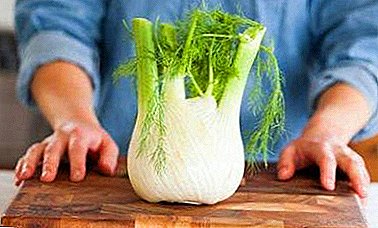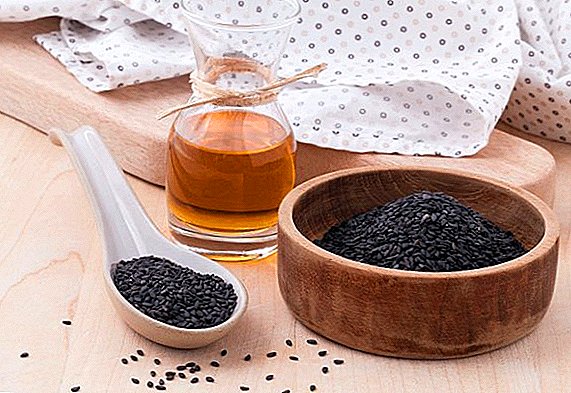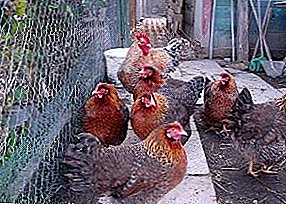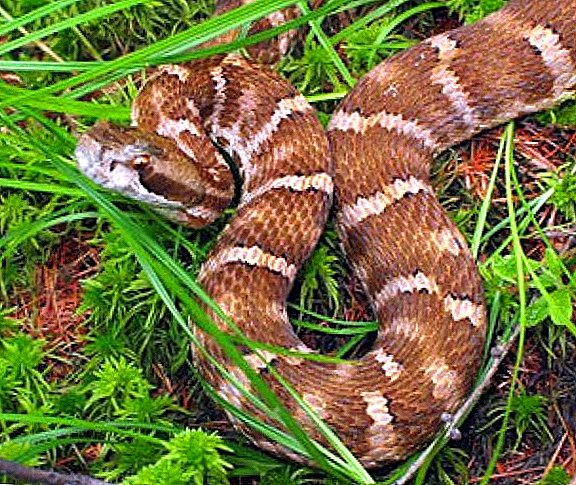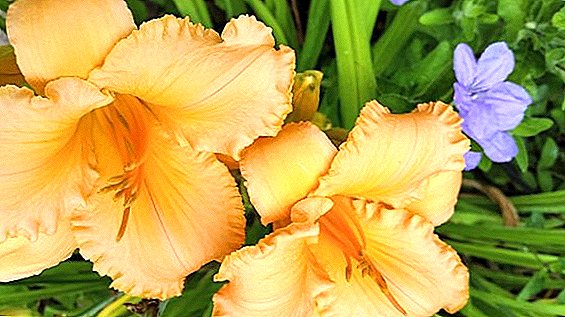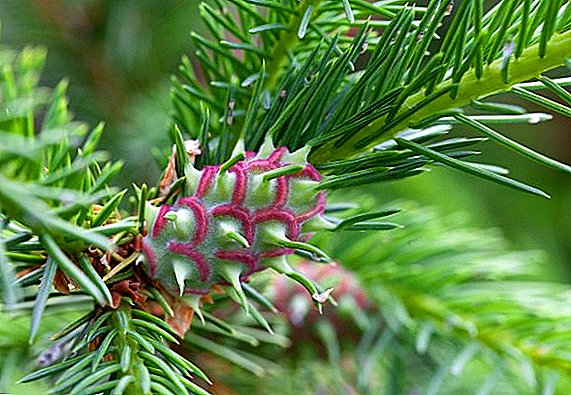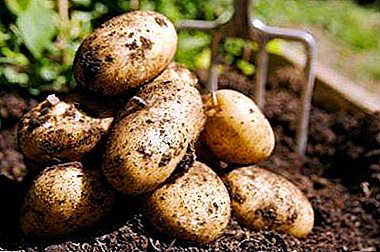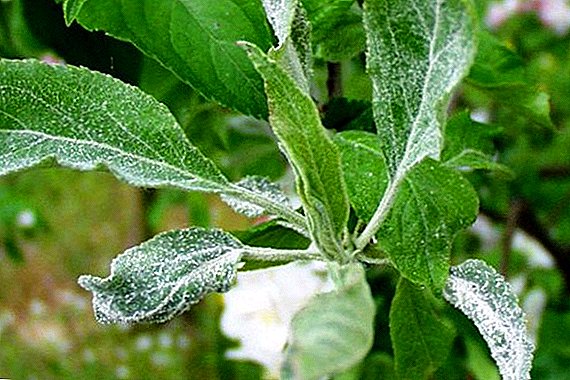 With the appearance of mycelium, provoking the development of powdery mildew, the trees become weak, lose their foliage and ovary, their yield decreases, and in severely neglected cases, even frost-resistant varieties die during wintering. Let us examine the imminent threats that powdery mildew entails, its first signs on an apple tree and tell you how to deal with it.
With the appearance of mycelium, provoking the development of powdery mildew, the trees become weak, lose their foliage and ovary, their yield decreases, and in severely neglected cases, even frost-resistant varieties die during wintering. Let us examine the imminent threats that powdery mildew entails, its first signs on an apple tree and tell you how to deal with it.
What is dangerous and where does it come from
Mealy dew in the garden is provoked by Erysiphales mushrooms, which are botanists. among the most dangerous for vegetation. Their parasitic mycelium attaches directly to the feeding part of the plant and develops until it dries together with the so-called donor.

That is, they live, as a rule, for 1 year and wither with a fallen lifeless leaf or a dried out branch. It happens that the pathogens of the disease, being on the trunk of the apple under the bark, winter well and continue to slowly kill the tree. With the help of conidia, the fungus spreads freely to new plants, striking the entire garden. The incubation period of the manifestation of the disease mainly lasts up to 2 weeks.
Important! You can protect your apple orchard from the powdery powdery mildew by planting mainly disease-resistant varieties: “Winter Man Golden Gold”, “Renette”, “Borovinka”, “Sary Sinap” and others.From where there are disease-causing fungi, even experts find it difficult to answer. According to them, the emergence of a dispute occurs through factors beyond the control of man. People noticed that in the heat of the trees become more vulnerable to the disease. Also its development promotes increased air humidity, improper watering and excessive amounts of nitrogen in the soil.
Did you know? Powdery mildew is highly spread in Central Asia, Azerbaijan, Belarus, partly Russia, Kazakhstan, Latvia, Armenia, Transcaucasia, Moldova, Ukraine, Georgia and the Baltic countries. Here, plants are affected by the ill-starred fungus by 90 percent.
Signs of defeat
Many people know what powdery mildew looks like. It can manifest itself already in the middle of spring on the buds, leaves, fruits, bark and branches. Externally, fungal mycelium looks like white light bloom. Many beginning gardeners do not attach special attention to this attribute, mistakenly mistaking it for dust.
Over time, the whitish tint will change to a dirty yellow and then gray. It will show a clear black spot. At the initial stages of the development of the disease, plaque is easily removed when you first touch the affected part of the tree. In the future, the mycelium hardens and forever cling to the plant organ, feeding at its expense.
The active development of the powdery mildew fungi will affect the vegetation of the tree. Infected areas significantly lag behind in growth, the leaves will lose vitality, will begin to curl and gradually wither, the tip of the affected shoots will dry out, the ovary will crumble prematurely. Together with the kidneys, fungi awaken in cases where the mycelium has wintered on the plant.
Mealy dew affects many plant species. The most susceptible to its attacks: cucumbers, roses, gooseberries, raspberries, peas, strawberries, currants, viola, orchid, gorteniziya, violets.
Control measures
Many gardeners, seeing the first symptoms of the disease in the garden, perplex themselves with the question: how to get rid of powdery mildew. But the struggle must be taken ahead of the events. After all, to prevent the problem is much easier and less expensive than to get rid of it.

Preventive and agrotechnical techniques
For the purpose of prophylaxis, experienced gardeners recommend for the spring season to produce a three-fold sprinkling crowns and trunk of apple Bordeaux liquid or fungicides. Also effective sprinkling of colloidal sulfur, the working solution is prepared in a ratio of 80 g of substance on a bucket of water.
It is advisable to start the first treatment during the leafing period, and the next one to be repeated every 14 days. Disinfection measures alone are indispensable in opposition to fungal mycelium. In the garden it is necessary to regularly clean dry leaves, clean trees from old and sick branches. Affected parts of apple trees should never be left abandoned on the ground between the rows. They must be burned.
Soil in pristvolnyh circles desirable timely and moderately moisturize, loosen and weed from weeds. After all the procedures it is important to soil the soil, retreating from the trunks of 5-7 centimeters. Otherwise, when decomposing mulch, there is a risk of trees becoming infected with pathogenic microbes and fungi.
Important! Apple trees, which receive phosphorus feedings in time, are much more resistant to powdery mildew. And in trees overfed with nitrogen, the risk of infection increases.

Fungicide spraying
Among the many biological and chemical products for powdery mildew, the most popular fungicides are: "Skor", "Topaz", "Khom", "Impact", "Topsin", "Flint Star". Working solutions should be prepared, strictly following the recommendations of manufacturers. Each given the drug can be used no more than 3 times.
Preparations "Skor", "Topaz" and "Hom" will also help protect your apple tree from such a common disease like scab.
This means that if after the three-time sprinkling the problem persists, subsequent treatments should be carried out by another means. Spray the trees with fungicides preferably in calm and dry weather in the morning or in the evening.
Before use, carefully read the instructions for use of the drug, read the dosages, precautions and pay attention to the terms of the protective action. This moment is of particular importance during the harvest period.
Agrochemists note the dynamic efficacy of fungicidal agents, since they have a therapeutic and prophylactic effect. Some drugs have the ability to regenerate the affected fibers.
Did you know? Apple orchards planted about 5 million hectares of the globe. That is, it turns out that every second fruit tree - Apple tree.
Folk Remedies
Gardeners who fear the toxic effects of chemicals have in their arsenal a selection of folk remedies for powdery mildew. The most common recipe is a soap-soda solution. In order to prepare it, you will need 25 g of soda powder, 5 g of liquid soap and 5 liters of hot water. All the ingredients are mixed, and when the resulting liquid cools, they spray the wood and the earth in a barrel circle.
It is not only diseases that can prevent a good harvest of apples, but also pests: the apple moth, aphid, whitefly, mealybug, ants.
Another way is to treat the plants with a solution of water and serum, taken in a ratio of 10: 1. The facility abundantly disinfects the affected areas - the film formed on the surface of leaves and sprouts will block the oxygen to mycelium.
Popular among many gardeners enjoys a decoction of fresh grass of horsetail, diluted in water (100 g / 1 l). You can also try to combine 5 g of copper sulfate, 50 g of liquid soap and 5 liters of water. Alternatively, 2 tablespoons of mustard powder dissolved in a bucket of water will do.
Important! Watering apple trees should be carried out only after waiting for the top ball to dry out easily and not pour over the stem wells.There are many different popular recipes. Their main task is to create unfavorable conditions for powdery mildews. Therefore feel free to improvise, protecting your garden from harmful parasites. And do not forget about the rules of apple cultivation.


